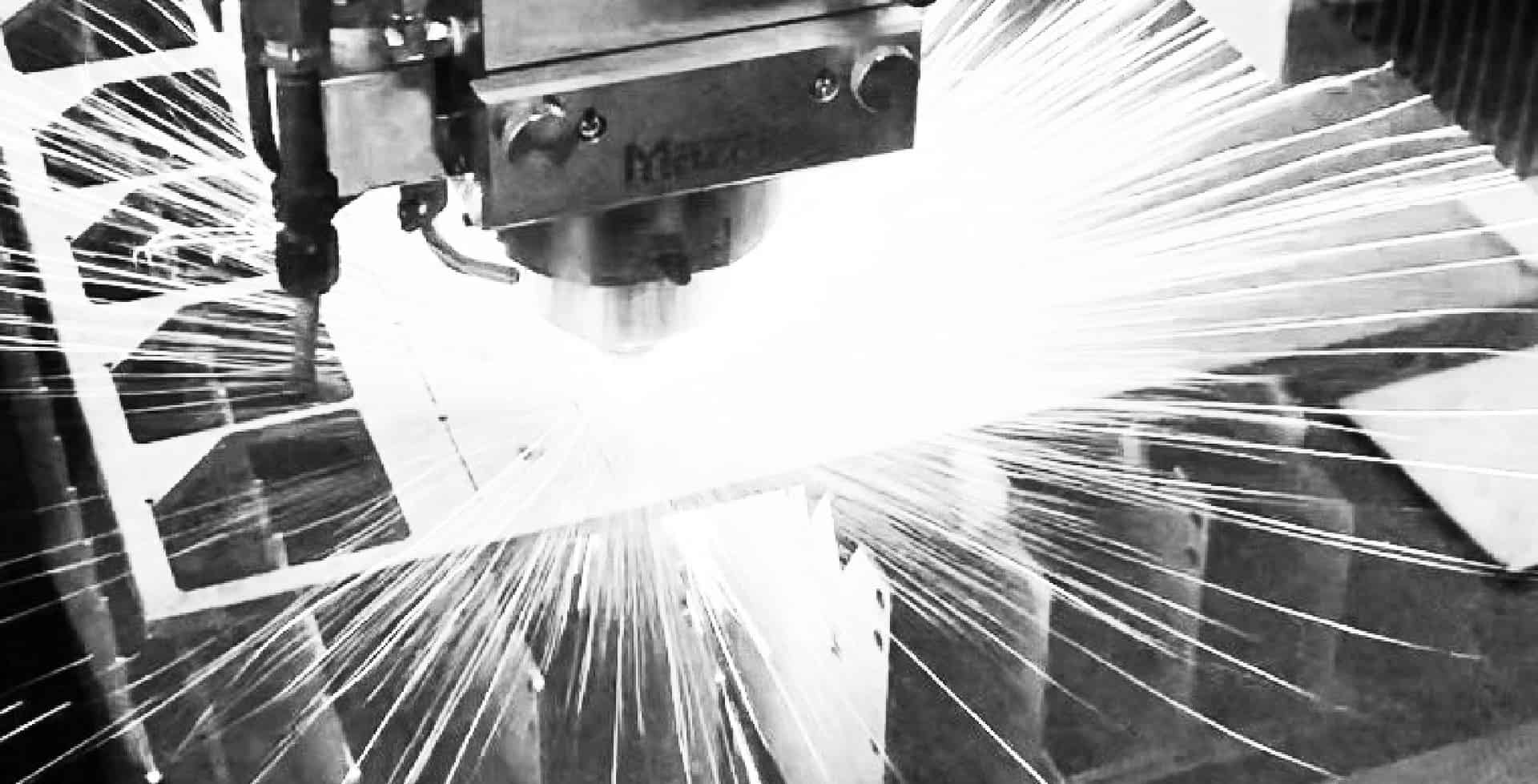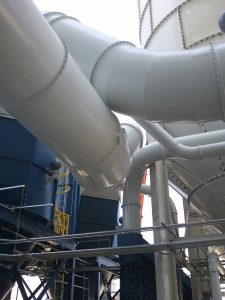How to size ductwork for industrial dust collection systems

The ductwork of an industrial dust collection system connects the system’s hoods, air cleaning device(s) and fan. Carefully planning the size of the ductwork will assist in reducing waste, reducing costs and improving efficiency.
Types of Industrial Ductwork
- Tapered systems: The velocities are nearly constant as the airflow is merged together and the duct becomes larger. Tapered systems are typically used for dust collection systems.
- Plenum systems: The velocity is usually lower and generally is larger than a tapered system. Plenum systems are typically used for HVAC systems and occasionally used for fume extraction.
Industrial Ductwork Sizing
Determining the size of the ductwork for an industrial dust collection system requires a few key pieces of information:
- What exhaust volume is required at each duct collection point?
- What are the sand, dust and/or particulates being collected?
- What are the conveying velocity requirements?
Exhaust Volume
It is best practice to first check with the equipment supplier for the recommended exhaust volumes. Calculating the size of the duct segments can be done using a series of calculations known as the Velocity Pressure Method consisting of two primary variables:
- Q = Airflow (sometimes referred to as volume)
- SP = Static Pressure
Calculations for determining the appropriate airflow (Q) are provided in the Industrial Ventilation Manual of Recommended Practice for Design. Air is also required to overcome the resistance of the duct and other parts of the industrial dust collection system. This resistance is referred to as the total system static pressure (SSP).
Collecting Sand, Dust and Particulates

The type of contaminants being carried through the industrial ventilation system should be understood while determining the size of its ductwork. Various contaminants have different characteristics including:
- Size
- Size distribution
- Shape
- Density
- Surface
Contaminant variations for sand, dust and particulates
There are large varieties and sources of contaminants that may be transported through an industrial dust collection system, including:
- Vapors, gasses and smoke
- Fumes and metal smoke produced by welding
- Light or fine dusts such as cotton or flour
- Average dusts produced by grinding, buffing, material handling and foundries
- Heavy dusts such as sawdust, sandblast dust, boring dust and lead dust
- Heavy and moist dusts such as most cement, asbestos and lime dust
Conveying Velocity Requirements
It is also key to consider the minimum conveying velocity, referred to as Transport Velocity, that is required to move the dust with particulates (dust, condensable vapors) without creating build-up, static or other obstacles to the airflow. Learn more about how the velocity varies by dust types by reading Control Costs by Carrying Dust at the Right Speed.
Other Velocity Considerations:
- What size of material is being transported?
- Does it have any specific qualities, such as high moisture content, abrasiveness, corrosiveness or combustibility?
Calculating Ductwork Size
Upon a final understanding of the exhaust volume, the contaminants being collected and the velocity requirements, sizing the ductwork for an industrial ventilation system can be determined with the Flow Rate Equation Q=VA.
Volume = Velocity X Area
IVI’s engineering and design team has years of experience designing and sizing industrial ductwork. IVI can assist in the design of a new system or the redesign of an existing system.